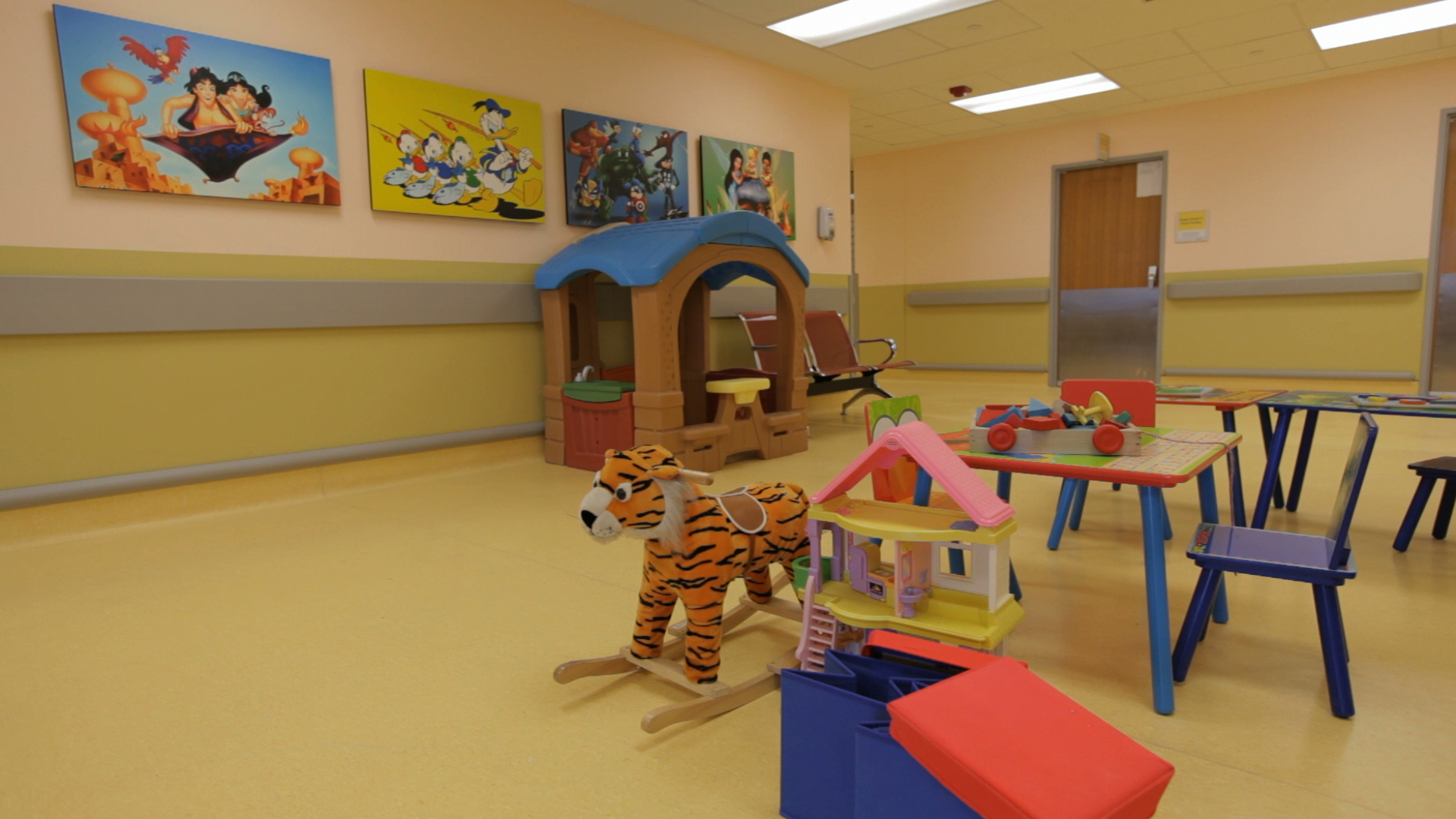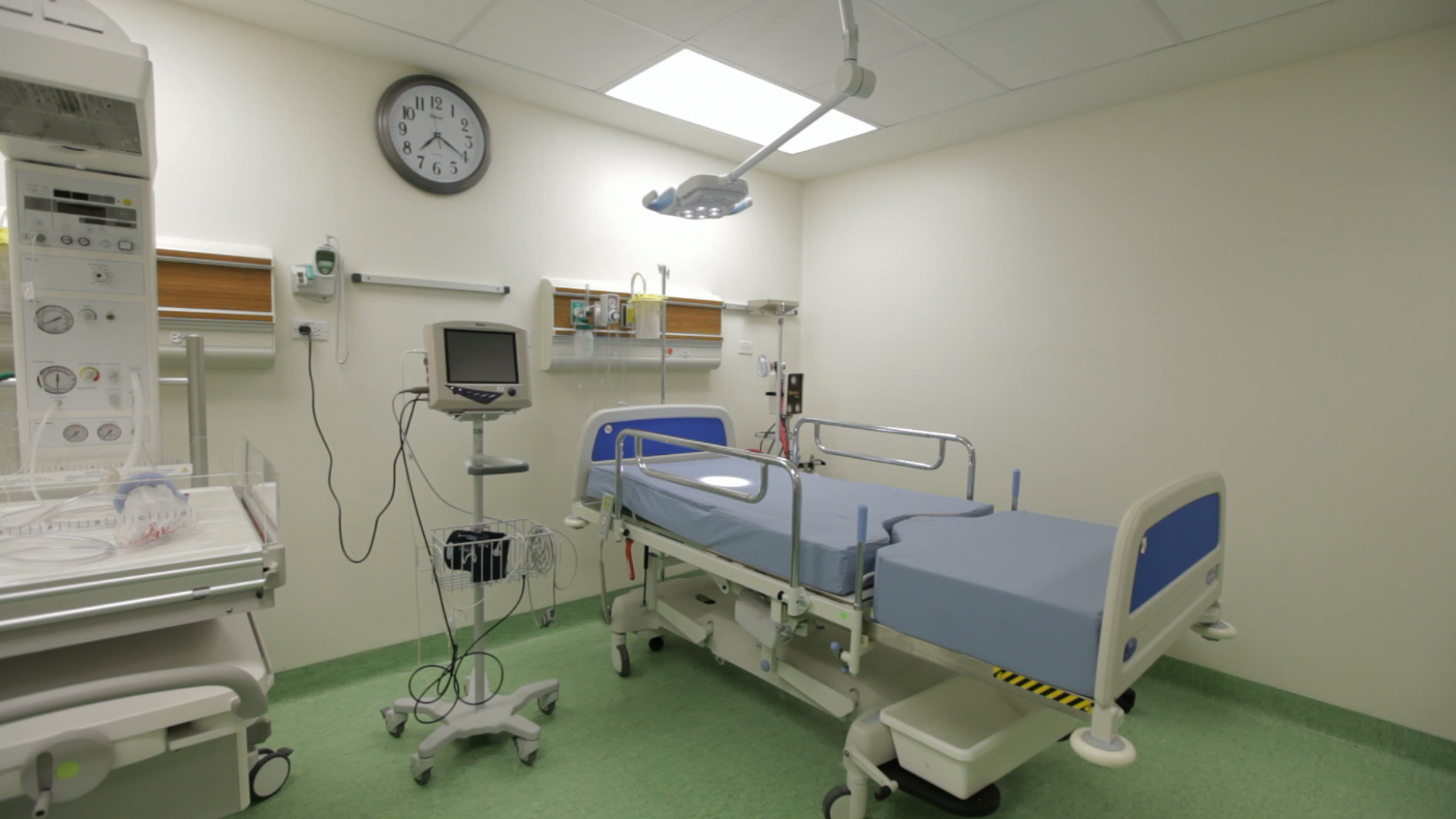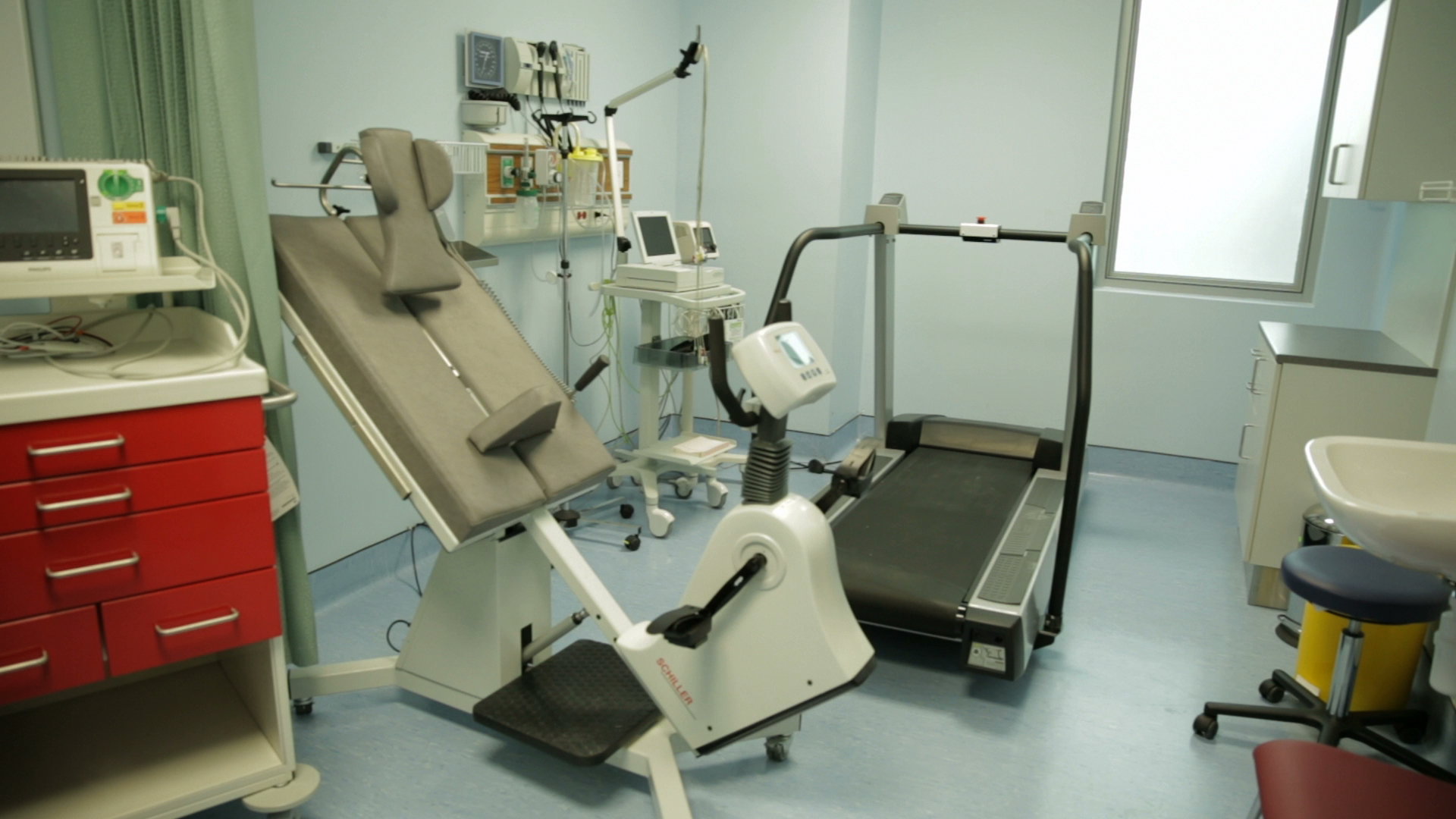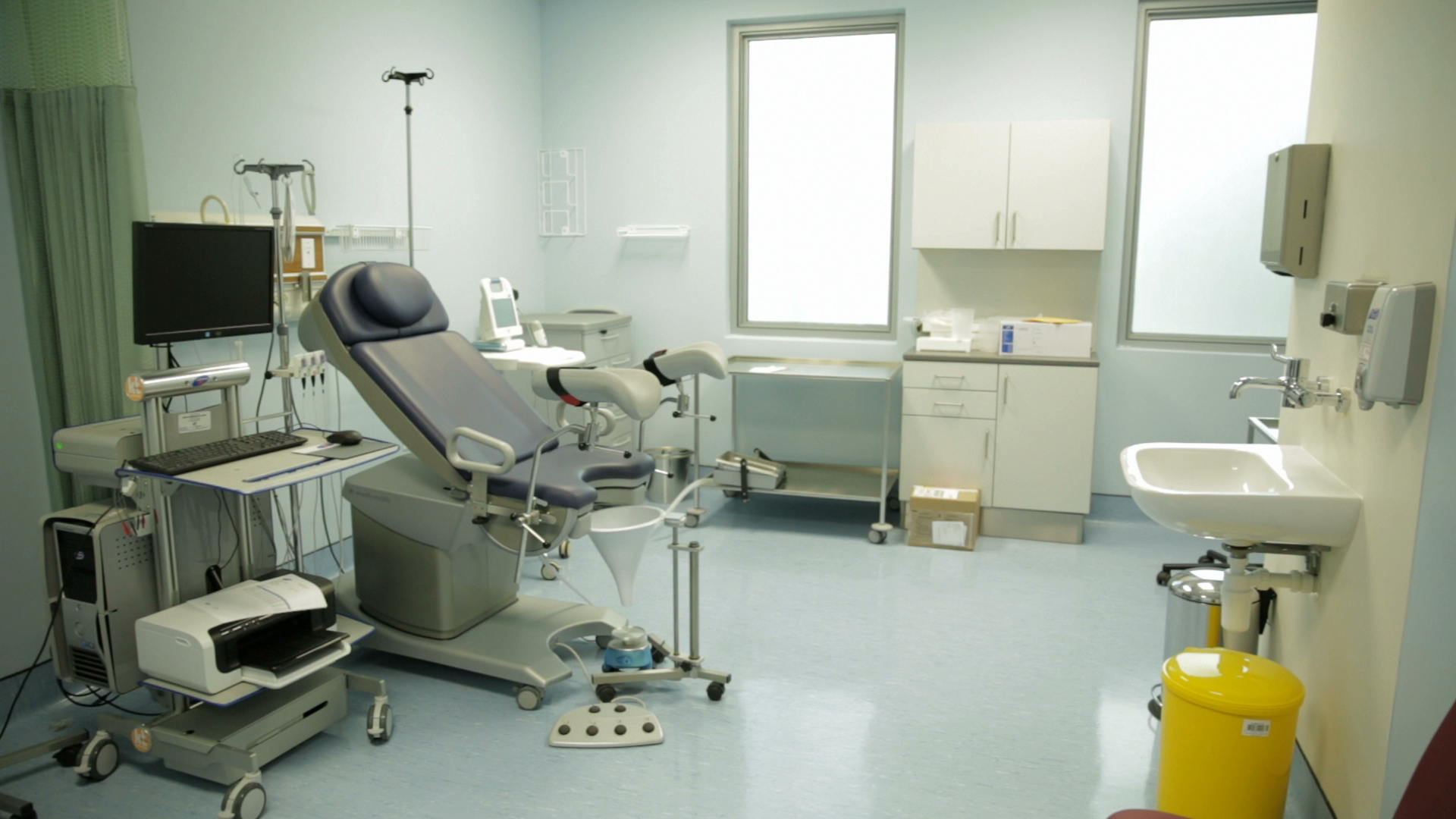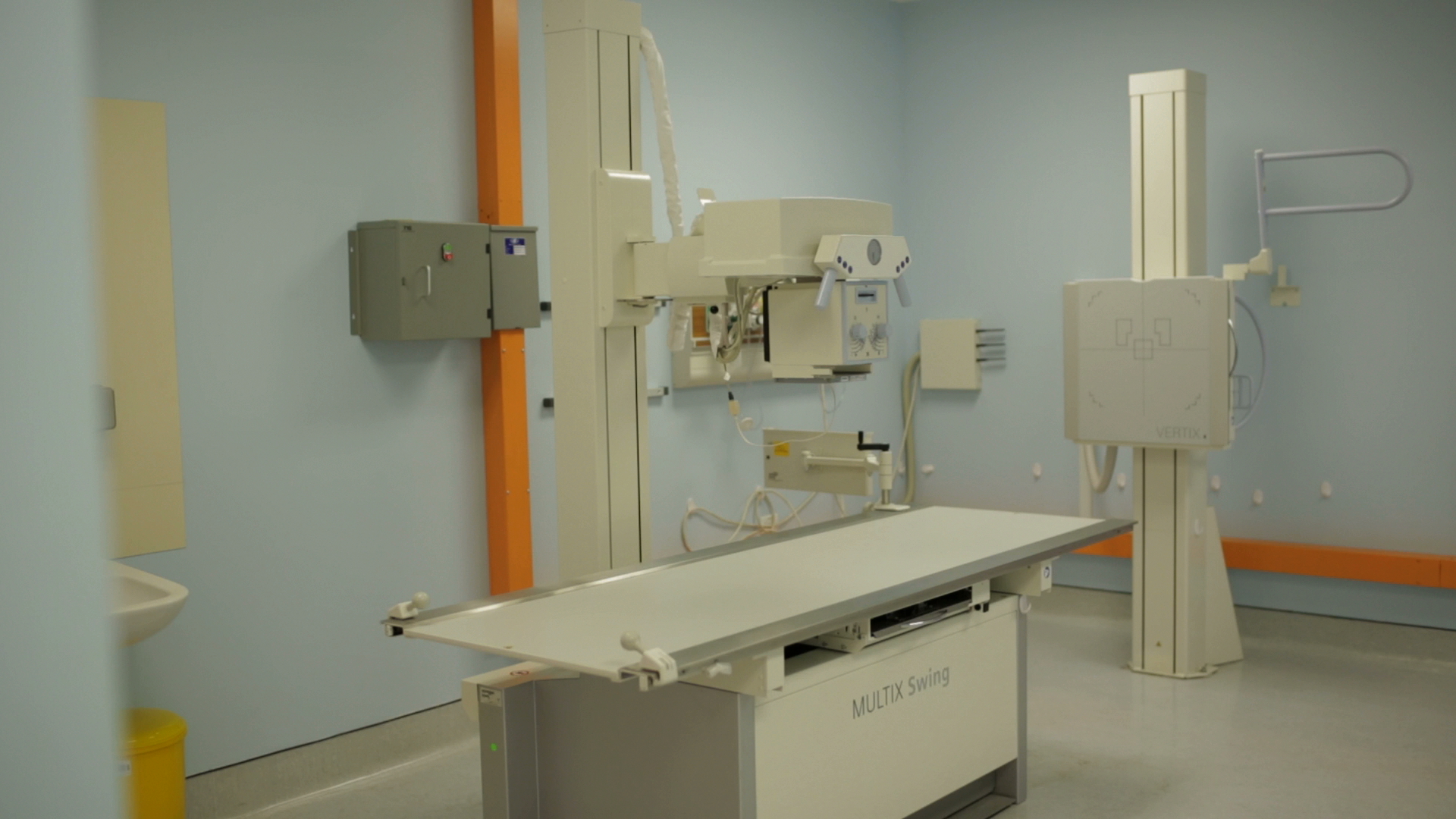- signed

- sealed

- delivered

The re-adaptive use of the Chancery Lane Administrative Complex for the San Fernando Teaching Hospital (SFTH) was in alignment with government’s policy of improving the public health service and ensuring that the national community has convenient access to the best health care throughout the country.
The retrofitted San Fernando Teaching Hospital has 216 beds to assist in alleviating the chronic bed shortage problem faced at the San Fernando General Hospital and includes; paediatric and adult wards and outpatient clinics; mother and child facilities, as well as administrative and teaching rooms to support the objectives of the teaching hospital and the overall management of the facility.
Following international standards of design (AIA FGI guidelines) the San Fernando Teaching Hospital is on par with most current standards for hospital layout and design principles. One example of this is the Sleep Apnea Lab that is first in the country and the wider Caribbean region. This is equipped with Philips Alice 6LDE equipment, a highly respected device in the field; this will help to treat people with sleep apnea by utilising Electroencephalography (EEG) (brain waves) to monitor their sleep patterns. With this, Trinidad is paving its way into first world medicine.
The San Fernando Teaching Hospital possesses the equipment required for many cardiology procedures like echocardiograms (ECG), cardiac cauterisations and stress tests. This additional hospital provides convenient access to necessary care that so many patients require and for the professional, it provides better career opportunities.
The hospital was designed to cater to a large variety of patients with their specific needs from bariatric wheelchairs to patient hoists and Nurse Call facilities in every ward room. Every patient has access to equipment necessary to call for assistance at their bedside. On every inpatient ward there are assisted patient baths which will assist nurses in providing hygiene for the physically unable or infants with ease. The bathing facilities have height adjustability up to average waist level to protect nurses from on-the-job injuries. It is also equipped with a disinfectant feature thereby limiting cross-infection.
There’s no question that one of the most routine invasive procedures carried out by medical professionals every day is venipuncture or vein access. At this hospital state of the art devices have been provided to help with paediatric venipuncture thereby providing patients with a safe and comfortable procedure.
The services traditionally offered by the hospital will be bolstered by teaching facilities via a bridge between the SFTH and the General Hospital. In addition, a bed lift tower was also constructed for ease of access.
